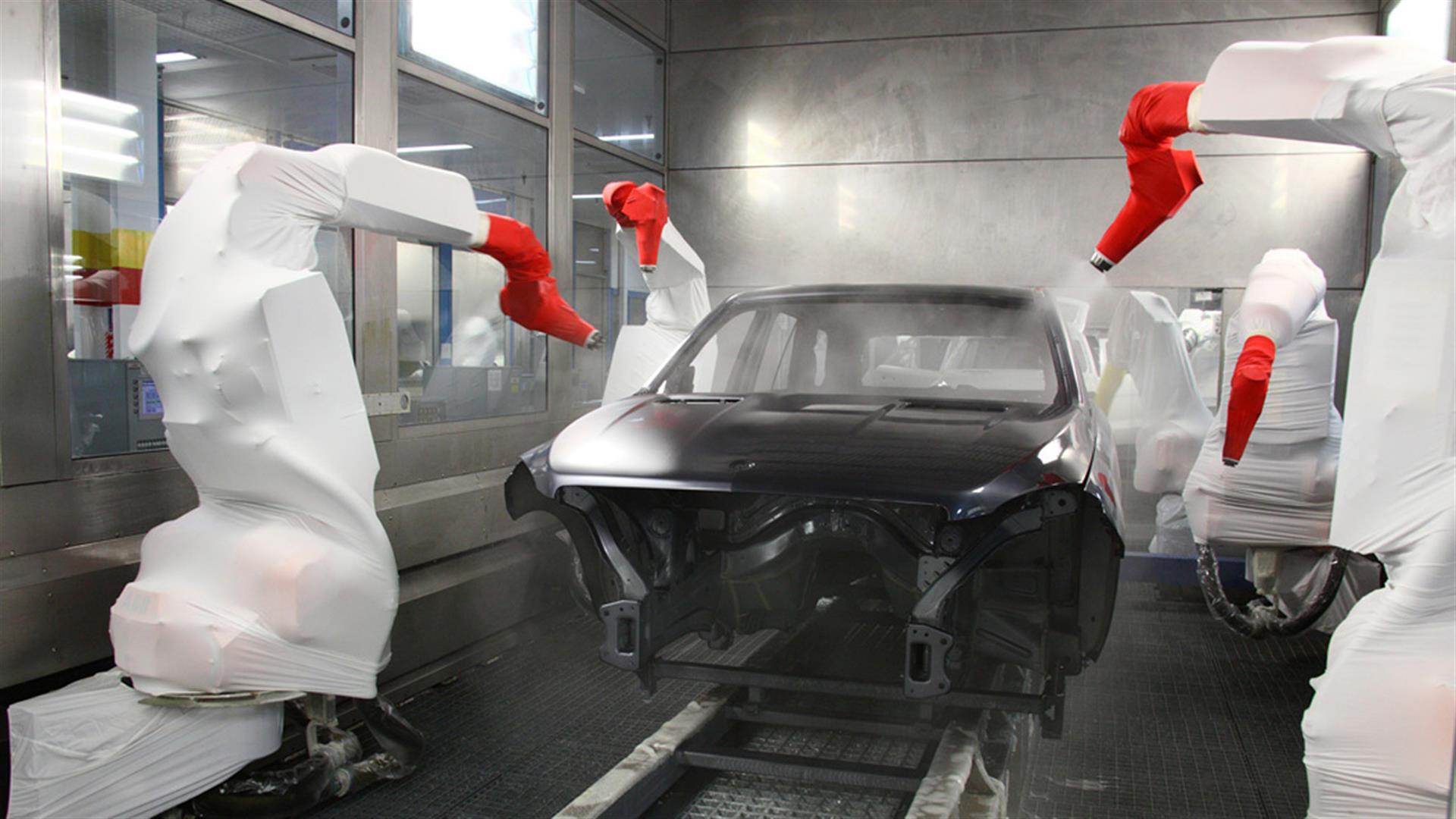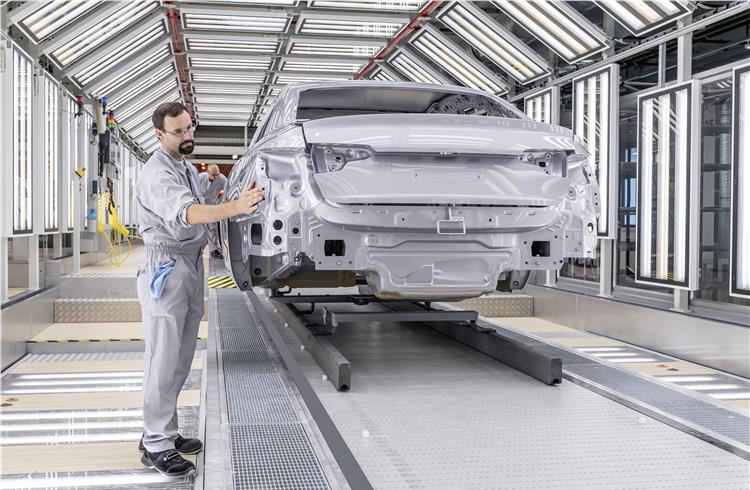Ensuring flawless paint quality at high speeds is a tremendous challenge that the automotive industry faces. But with advancements and approved technology, achieving high-speed car paint inspection is no longer an unattainable dream. In this article, we delve deep into the hurdles and the remarkable solutions that address them.

The Importance of High-Speed Car Paint Inspection
Car paint quality significantly impacts the overall aesthetics and customer satisfaction. Ensuring every vehicle leaves the production line with impeccable paint is paramount. The shift towards automation and technology has emphasized the need for high-speed inspection systems to keep up with production demands without compromising on quality.
Approved Technology in High-Speed Car Paint Inspection
Modern technology has paved the way for numerous solutions, each aiming to provide precise and rapid inspection results. With innovations like machine vision and AI-driven algorithms, manufacturers can now detect even the minutest flaws in real time. For more about such technological advancements, you can check High-Speed Analysis from Strobox AI.
Challenges in Implementation
Accuracy versus Speed
One of the main challenges is balancing the speed of the inspection process with the accuracy of detecting defects. High-speed environments often lead to missing minor imperfections, which can be detrimental in the long run.
Integration with Existing Systems
Integrating new inspection technologies with pre-existing systems can be complex, requiring significant investments and training. Seamless integration is crucial for consistent results and minimizing production downtime.
Handling Diverse Defects
Paint defects come in various forms: sags, runs, fish eyes, orange peel, and more. A comprehensive inspection system must be capable of identifying all types without missing any.
Solutions: Delighted to Introduce Innovative Methods
Machine Vision Systems
Machine vision systems have revolutionized the way defects are detected. These systems use high-resolution cameras and advanced software to analyze the paint surface with utmost precision, ensuring that no defect goes unnoticed.
AI and Deep Learning
Artificial Intelligence (AI) and deep learning play a pivotal role in modern inspection systems. By training AI models on vast datasets of defects, these systems can efficiently and accurately identify issues at an unprecedented speed.
Tremendous Benefits of High-Speed Car Paint Inspection
Increased Efficiency
Modern inspection systems significantly reduce the time required to inspect each vehicle, thereby increasing overall production efficiency.
Reduced Costs
By identifying defects early in the process, manufacturers can save on repair and rework costs, ensuring a smoother production line and higher profits.
Future of High-Speed Car Paint Inspection
Emerging Technologies
Technologies such as augmented reality (AR) and virtual reality (VR) are on the horizon, promising even more accurate and immersive inspection processes.
Collaborations and Innovation
The automotive industry is witnessing collaborations between tech companies and car manufacturers, driving innovation and setting new standards for quality assurance.
External Resources and References
For more insights on how cars are painted and the intricacies involved, you can visit How to Paint a Car.
Internal Links for Further Reading

FAQs
What is the primary challenge in high-speed car paint inspection?
The main challenge is balancing the speed of inspection with accuracy, ensuring no defects are missed while maintaining rapid production rates.
How does AI improve car paint inspection?
AI improves inspection by efficiently analyzing vast datasets, identifying paint defects with greater accuracy and speed than traditional methods.
Why is high-speed car paint inspection important?
High-speed car paint inspection is crucial to maintain production efficiency, reduce costs associated with defects, and ensure high-quality vehicle finishes for customer satisfaction.
